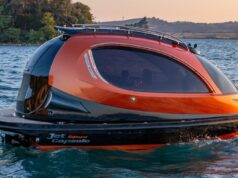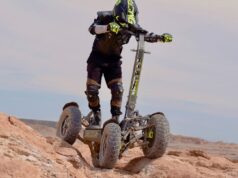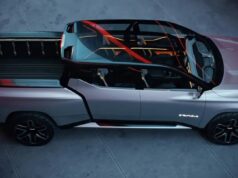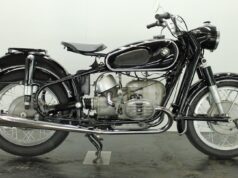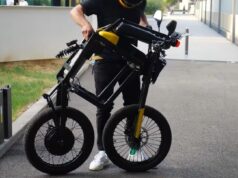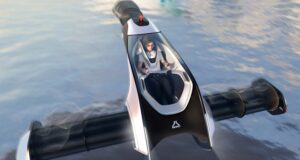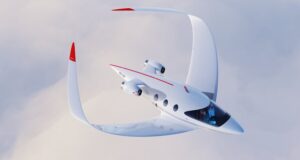Electrically powered vehicles are conquering our planet and it is a fact.Boats and submarines are getting equipped with e-motors and even far reached world like Mars is being explored by Curiosity Rover thanks to an electric powertrain. But is the sky the limit for electric motors?
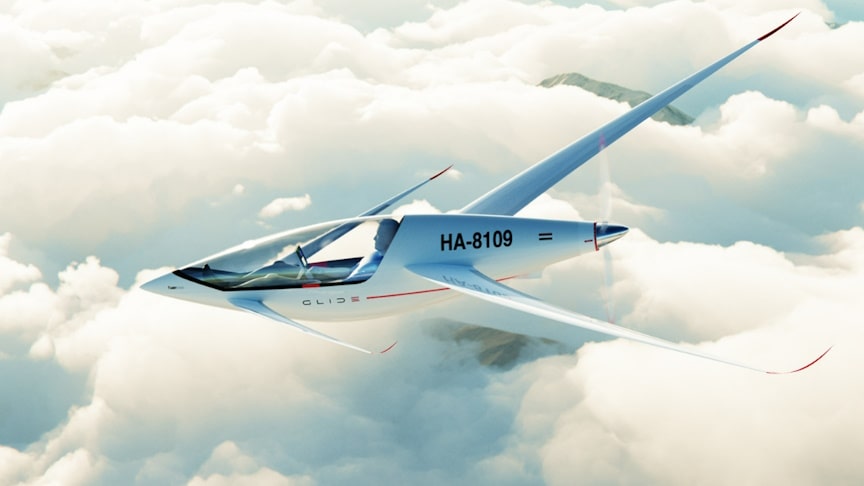
source-image: Laszlo Nemeth
Here we have a single seat tandem-wing electric aircraft concept from Laszlo Nemeth.This vehicle is all about personal freedom, made possible by the most advanced technology.This tandem-wing aircraft is electrically powered and combines the efficiency of a glider with speed.
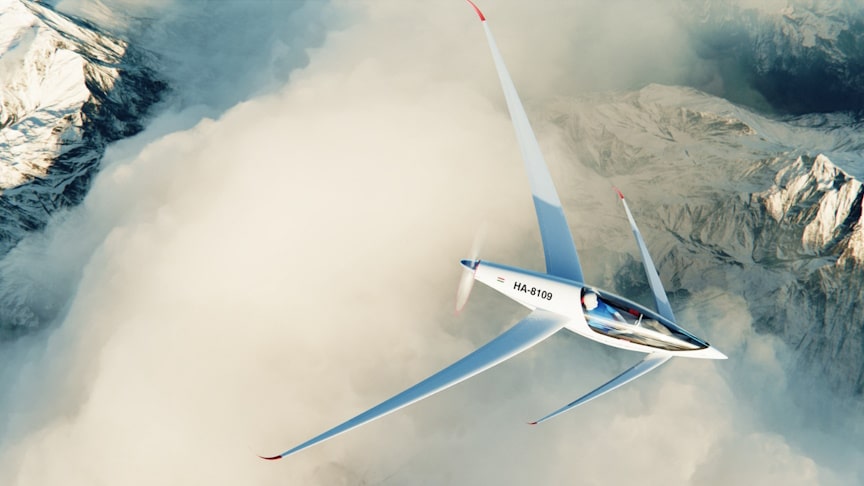
source-image: Laszlo Nemeth
It is designed for a cruising speed of over 200 km/h. The wingtips are equipped with extra thin winglets, which are more twisted to use the Prandtl-wing principle than conventional winglets. They are actively computer steered to prevent flutter and unintended rollovers.
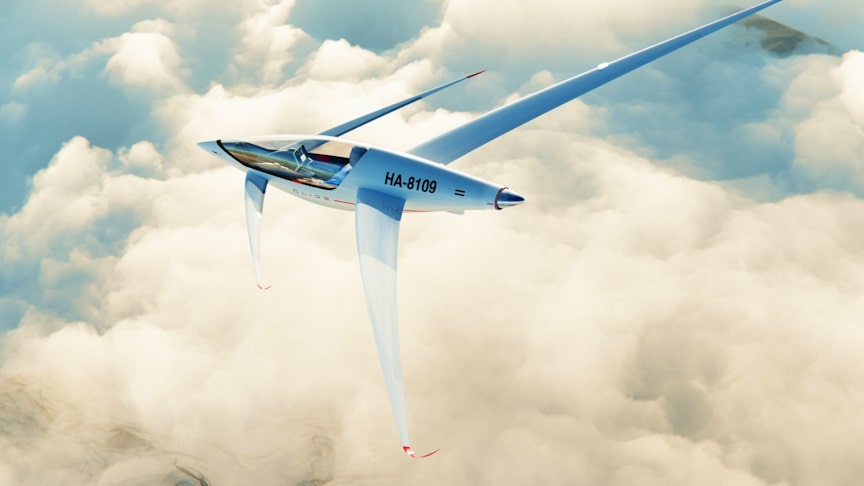
source-image: Laszlo Nemeth
There is not much information about the aircraft’s specification, but for sure this aircraft design looks very promising. Electric aircraft are seen as a way to reduce the environmental effects of aviation, providing zero emissions and quieter flights.
Advertisement
Electricity may be supplied by a variety of methods, the most common being batteries. Most have electric motors driving propellers or turbines.Batteries are the most common onboard energy storage component of electric aircraft, due to their relatively high storage capacity.

source-image: Laszlo Nemeth
In 2017 the power available from batteries was estimated at 170 Wh/kg, 145 Wh/kg at the shaft including the system efficiency, while a gas turbine extracted 6,545 Wh/kg of shaft power from an 11,900 Wh/kg fuel.[16] In 2018 Lithium-ion batteries including packaging and accessories were estimated to give 160 Wh/kg while aviation fuel gave 12,500 Wh/kg.

